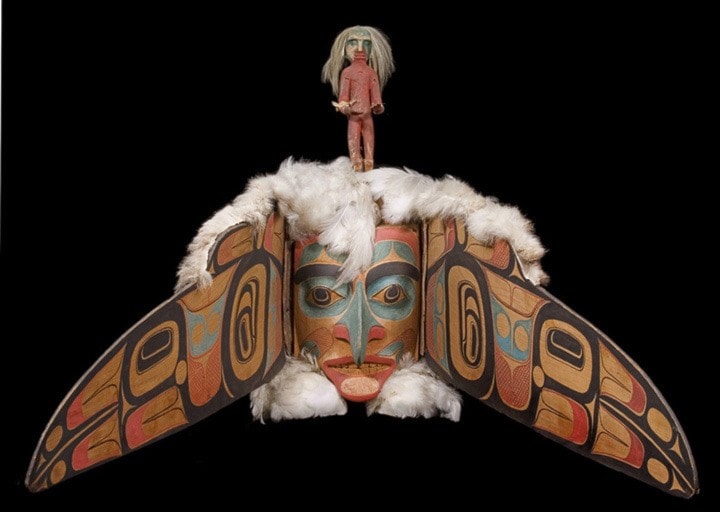Doris Shadbolt's 1986 book Bill Reid beautifully chronicles the career of Canada's best known Haida artist, whose signature works reside at the University of B.C., Vancouver International Airport and the Canadian Embassy in Washington D.C.
French anthropologist Claude Lévi-Strauss declared that Reid "tended and revived a flame that was so close to dying," and lifted Northwest Coast aboriginal art onto the world stage.
More than two decades later comes a book and exhibition to recognize the artist who kept that flame alive at its lowest ebb, and passed it down to Reid and other modern masters of Haida art.
Charles Edenshaw was born in 1839 and died around 1920, after surviving the second wave of smallpox that devastated aboriginal populations along the B.C. coast.
In a foreword to the lavishly illustrated book Charles Edenshaw, Haida chief and carver James Hart describes how the young artist learned the ancient ways at a time when his culture was struggling to survive European settlement, disease and cultural domination.
"Charles still worked with his Uncle Albert Edenshaw, carving totem poles, argillite, etc., perfecting his artistry," Hart writes. "Carving was – and is – our way of writing, recording history, showing our prerogatives, our stories, our beliefs, our religion."
Robert Davidson, perhaps the most famous Haida artist since Reid's death in 1998, is Edenshaw's great grandson. Davidson and later Hart were taught by Reid, closing a circle that began when Reid learned the Haida way of carving from his maternal grandfather, who had been trained by Charles Edenshaw.
"The magic of Edenshaw's work embodies millennia of development of Haida art," Davidson writes in the book.
• An exhibition of more than 200 of Charles Edenshaw's works, assembled from public and private collections around the world, is at the Vancouver Art Gallery from Oct. 26 to Feb. 2.
• Charles Edenshaw, the companion book to the exhibition, is published by the Vancouver Art Gallery and Black Dog Publishing, London England.



